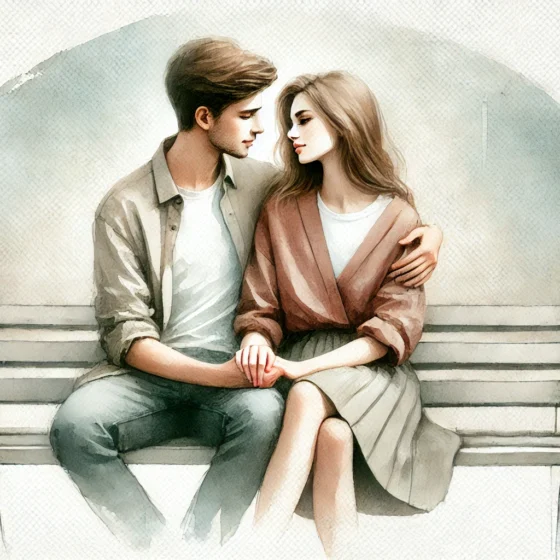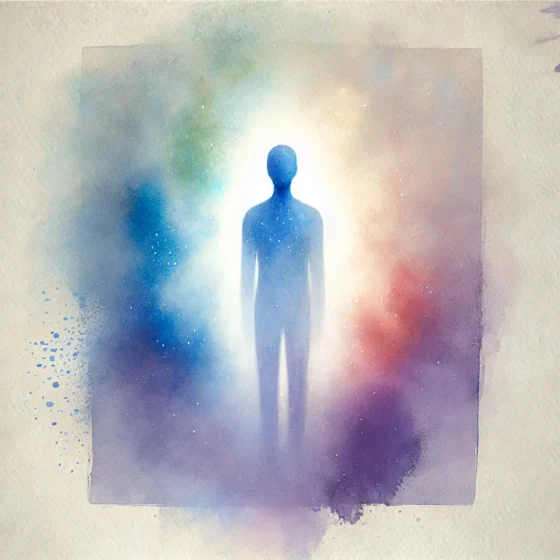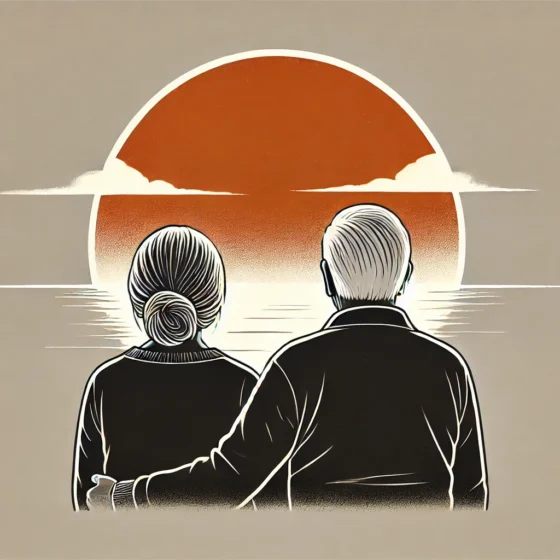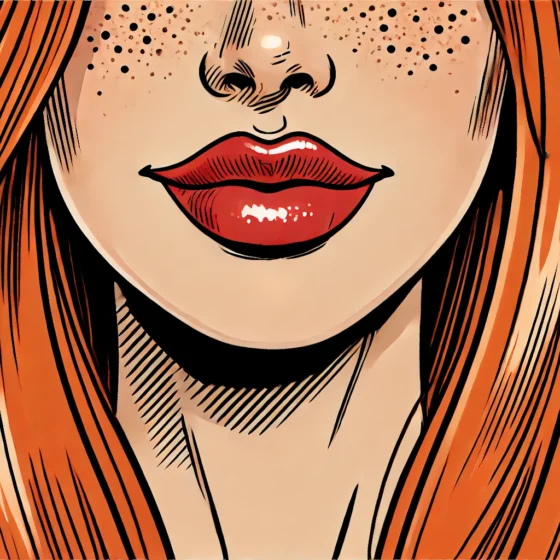Lit erotica, a term that encapsulates the vivid intersection of art and sexual desires, stands as a genre that both tantalizes and provokes thought. It transcends mere sexual content to become a sophisticated exploration of human sexuality in art, weaving together the threads of erotic literature, fantasies, and the perennial quest for understanding the nuances of human desires. This genre, encompassing everything from the best erotic novels and reading material to self-pleasure stories, serves not just as an avenue for entertainment but also as a mirror reflecting the complexities and diversities of sexual experiences and expressions. It holds a unique position in the canon of literature, offering a lens through which readers can explore their own desires and apprehensions, making it an important subject for academic and literary scrutiny.
As we delve into the realm of lit erotica, several key themes emerge, which will be explored in the forthcoming sections of this article. The evolution of erotic literature will trace its journey from ancient texts to contemporary erotic fiction for women and men, highlighting how it has both changed and been shaped by societal attitudes towards sexuality. Artistic elements in erotic literature will examine the narrative techniques, character development, and stylistic choices that distinguish the genre. The psychological and emotional aspects section will discuss how erotic reading engages the mind and emotions, potentially influencing personal sexual scripts and understanding of self-pleasure. Moreover, the cultural impact and controversy surrounding erotic novels and literature will be unpacked, revealing how sexual reading fits within broader social and moral debates. By exploring these areas, the article will provide a comprehensive overview of lit erotica, its significance, and its impact on readers and society at large.
The Evolution of Erotic Literature
Early History and Influence
Erotic literature has a rich history that dates back to ancient civilizations. Some of the earliest known examples of this genre come from ancient Greece and Rome, with notable works like the Kama Sutra and the Satyricon exploring themes of sexuality and desire. These texts set a precedent for future generations, allowing them to explore their own sexuality through literature. During the Renaissance, a renewed interest in human sexuality led to an increase in the production of erotic texts. Authors like Giovanni Boccaccio and Pietro Aretino pushed the boundaries of erotic expression, blending explicit sexual dialog with elements of political satire.
Modern Bestsellers
In more recent times, erotic literature has seen a surge in popularity with titles like Fifty Shades of Gray captivating a global audience. This modern era of erotica has been marked by a diversification of the genre, with authors exploring complex themes of desire, power, and consent. The rise of digital publishing has played a significant role in this evolution, making erotic literature more accessible and allowing for a broader range of voices to be heard.
Impact of Digitalization
The digital age has revolutionized the way erotic literature is consumed and distributed. E-books and online platforms have made it easier than ever for readers to access these works, contributing to the genre’s growing popularity. Digitalization has also facilitated a more diverse exploration of themes, with writers pushing the boundaries of traditional erotic storytelling. This has included the exploration of taboo topics and the incorporation of diverse characters, reflecting a broader spectrum of human experience and desire.
By tracing the evolution of erotic literature from its ancient origins to its modern digital form, it becomes evident that this genre has continually adapted to reflect the changing cultural and social landscapes, while always maintaining its core focus on human desire and expression.
Artistic Elements in Erotic Literature
Erotic literature intertwines narrative art with the evocative exploration of human sexuality, employing a range of artistic techniques to enhance the sensual experience of the reader. This genre not only arouses but also deeply engages the esthetic and emotional senses through its unique use of language and imagery.
Prose and Poetic Techniques
The prose and poetry in erotic literature often blur the lines between the explicit and the implicit, creating a rich tapestry of sensual imagery. Historical examples include the work of Sappho of Lesbos and Catullus, who infused their writing with intense emotional and erotic charge. During the Renaissance, manuscripts circulated privately, bearing erotic poems like those of William Shakespeare, which were not initially intended for public consumption. The narrative style, whether through poetry or prose, often employs euphemism and metaphor, allowing readers to engage with the text on multiple levels of meaning and sensation.
Visual Imagery and Symbolism
Visual elements in erotic literature play a crucial role in setting the tone and enhancing the thematic depth of the narrative. Filmmakers like Stroheim have historically used visual metaphors and body language effectively to create erotic tension without explicit content. Similarly, in literature, descriptions of nature or the human form often carry erotic connotations. The use of symbolic imagery such as blooming flowers or winding paths can subtly suggest sexual themes, creating an atmosphere charged with sensual potential. This technique allows the reader’s imagination to engage and fill in the details, making the experience both personal and profound.
By utilizing these artistic elements, erotic literature offers a complex, multifaceted experience that goes beyond mere titillation, inviting readers to explore themes of desire, power, and vulnerability within a richly crafted artistic framework.
Psychological and Emotional Aspects
Reader Demographics
The demographic profile of individuals engaging with erotic literature reveals a diverse audience. Studies indicate that the mean age of female participants is approximately 33.9 years, with a significant portion between the ages of 21 and 40. Relationship statuses vary widely, with 39% of participants married and 28% in committed relationships, highlighting the genre’s appeal across different life stages.
Emotional and Psychological Rewards
Erotic literature not only entertains but also serves as a psychological and emotional outlet for readers. Principal Component Analysis (PCA) on feelings associated with reading erotic novels identifies captivation, embarrassment, and ease as significant emotional responses, with ease being the most prevalent feeling. This suggests that such literature provides a laid-back and amusing experience for many.
Moreover, motivations for reading erotic novels are multifaceted. The PCA reveals three main motivations: seeking guidance, obtaining distraction, and having a say in cultural conversations. Distraction emerges as a predominant reason, indicating that readers often use erotic literature as a form of relaxation and escapism.
These insights underscore the complex interplay between erotic literature and its consumers, revealing a deep-seated connection that goes beyond mere sexual gratification to encompass a broader spectrum of psychological and emotional benefits.

Cultural Impact and Controversy
Feminism and Empowerment
The intersection of feminism and erotic literature is complex and multifaceted. Kristen Phillips argues that erotic fiction for women often carries a political significance, challenging societal norms that trivialize and conceal women’s desires. This genre has the potential to empower female readers by affirming their sexual autonomy and desires. However, empowerment within this context is nuanced and varies widely among individuals. Tanya Serisier’s critique in “On Not Reading Fifty Shades” reflects on the feminist discourse surrounding popular erotic novels, highlighting the need for feminist readings and acknowledging the structural power dynamics at play.
Criticism and Misconceptions
Despite its potential for empowerment, erotic literature often faces criticism for perpetuating stereotypes and reinforcing patriarchal structures. Jennifer Maher points out the dichotomy within feminist pop culture criticism, where the genre is both defended for its empowering qualities and critiqued for its conservative depictions of women. The portrayal of female protagonists in erotic literature frequently revolves around themes of low self-esteem and dependency on male validation, which can undermine the notion of female empowerment. Moreover, the rise of digital platforms and the mainstream popularity of books like “Fifty Shades of Gray” have led to a normalization of erotic content, raising concerns about the impact on societal perceptions of healthy sexuality and consent. These narratives often promote a transactional view of sex, which can be detrimental to understanding sexual relationships in a more meaningful and respectful context.
Conclusion
Through the exploration of lit erotica, from its ancient origins to its modern-day digital presence, we’ve journeyed through the diverse ways in which art and sexual desires intersect, evoke, and provoke. This genre, rich with narrative artistry and emotive power, serves not merely as a means of entertainment but as a critical lens through which the intricacies of human sexuality, desire, and psychological fulfillment are magnified and understood. By delving into the historical trajectory, artistic elements, and emotional resonances of erotic literature, as well as its cultural impacts and controversies, the article has underscored not just the genre’s timeless appeal but its capacity to mirror, challenge, and sometimes transform societal norms surrounding sexuality.
The significance of lit erotica extends beyond its immediate allure, offering insights into the ever-evolving landscape of human desire and the complex interplay between individual fantasies and collective cultural narratives. As readers and society at large continue to navigate the fine line between art and desire, lit erotica stands as a testament to the enduring hunt for understanding and expression in our most intimate experiences. The ongoing conversations and debates it sparks not only reflect its contentious nature but also affirm its importance as a field ripe for further academic inquiry, critical discussion, and personal exploration, thereby affirming the genre’s role in both individual and societal discourse on sexuality and self-expression.
FAQs
What defines sexual art?
Sexual art encompasses sexually explicit content, including suggestive images that simulate sexual acts or pornography. In the context of AP art, nudity can be included as long as it is portrayed in a mature and appropriate way.
What is the term for erotic paintings?
Erotic paintings are often referred to as “Shunga,” a term originating from early modern Japan, meaning “spring pictures.” These artworks typically depict graphic sexual activities.
What does ‘weotica’ refer to?
Weotica pertains to written works, primarily fictional, that focus on sexual love. It can also refer to sexually explicit art, photographs, and sculptures that depict human sexuality.
How is ‘arotic’ defined?
The term ‘arotic’ relates to subjects that arouse sexual love or desire. This can include erotic art or any expression that is significantly influenced by sexual desire.










